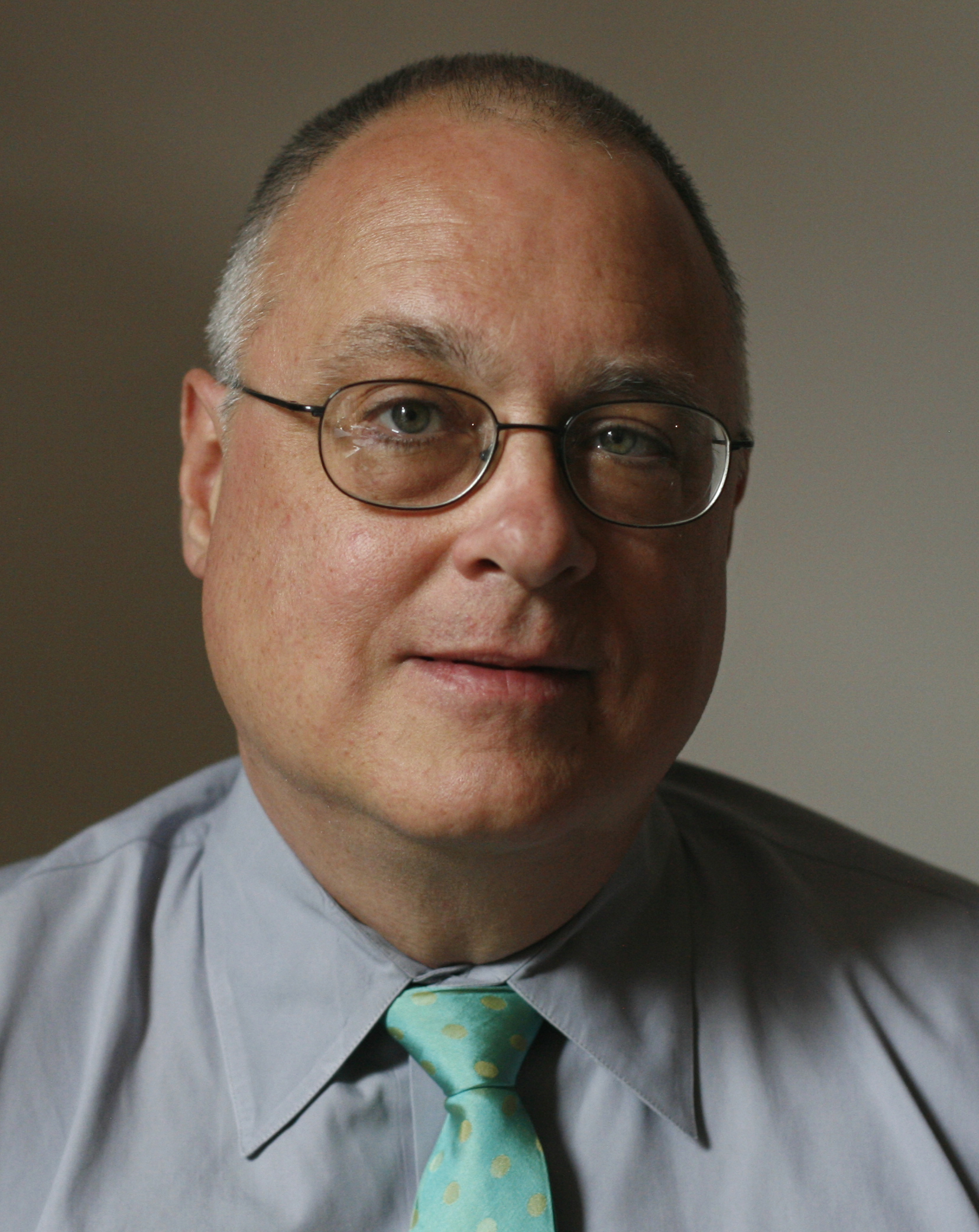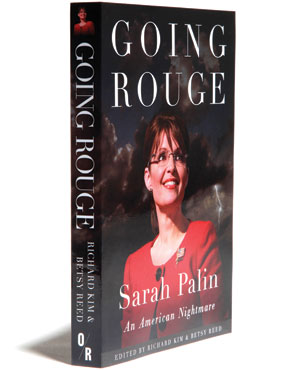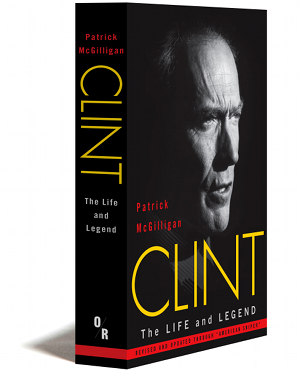
My Turn
HILLARY CLINTON TARGETS THE PRESIDENCY
“My Turn is compulsively good reading—not only for its glimpse into Hillary Clinton's mind but for its insights into the entire Clinton political-philanthropic machine. Doug Henwood is both smart and—almost uniquely for this campaign season—sane.”
—Barbara Ehrenreich, author of Nickel and Dimed
“Doug Henwood sums up the argument against Ms. Clinton well.” —New York Observer
“Doug Henwood… twisted the facts to argue that Hillary was a corporatist wolf in sheep’s clothing.” —David Brock
“I represented Wall Street, as a senator from New York.” —Hillary Clinton, October 2015, during the first Democratic TV debate
TweetBuy This Book
About the Book
Hillary Clinton is running for the presidency with a message of hope and change. But, as Doug Henwood makes clear in this concise, devastating indictment, little trust can be placed in her campaign promises. Rigorously reviewing her record, Henwood shows how Clinton’s positions on key issues have always blown with the breeze of expediency, though generally around an axis of moralism and hawkishness. Without a meaningful program other than a broad fealty to the status quo, Henwood suggests, “the case for Hillary boils down to this: she has experience, she’s a woman, and it’s her turn.”
Publication February 1, 2016 • 200 pages
Paperback ISBN 978-1-682190-32-6 • E-book 978-1-682190-33-3
About the Author
 |
Doug Henwood is a journalist and financial analyst, who publishes two newsletters, Left Business Observer and (together with Philippa Dunne) The Liscio Report. He is a contributing editor at The Nation and the author of three previous books: The State of the USA Atlas, Wall Street and After the New Economy. His writing has appeared in Harper’s Magazine, Grand Street, the Village Voice, Newsday, the Los Angeles Times, and The Guardian. Henwood is host of the nationally-syndicated KPFA radio show “Behind the News.” |
The My Turn Collection

|
Working with artist Sarah Sole, OR Books is pleased to announce a line of merchandise accompanying the new book My Turn by Doug Henwood. Even prior to the book’s release, its cover attracted widespread media attention including items in the The Washington Post, the New Republic and on MSNBC. Now, alongside the book, you can purchase “My Turn” tote bags, limited edition prints, and a 2016 calendar with a stunning new portrait of HRC by Sarah Sole for every month. More |
Read an Excerpt
At first, Hillary’s candidacy for the Senate was seen as a long-shot. She set her sights on the New York seat of Daniel “Pat” Moynihan, who was retiring. Whatever his many political problems—like being a pivotal figure in the transformation in the understanding of poverty not as a problem endemic to the U.S. economy but of cultural pathologies endemic among the poor themselves—Moynihan was nonetheless a substantial figure. Hillary, in contrast, was widely seen as a carpetbagger who knew little of New York and had shown scant interest in it before one if its Senate seats became available. And she could not shake the bad karma from her role at the White House.
To counter the carpetbagger problem, Hillary went on a “listening tour” of New York, visiting all of the state’s 62 counties, the earliest of her conspicuous exercises in tapping into the vox populi. Though there were gaffes, like donning a New York Yankees hat and pretending to be a long-time fan when she wasn’t, for which she was widely ridiculed, the tour turned out to be a success, convincing locals that she was like them.
Her first Republican opponent was New York mayor Rudy Giuliani, a mean-spirited Republican hardliner. That didn’t stop her from trying to take positions to his right. In an interview with the New York Times, the first in-depth one of the campaign, “[s]he went out of her way to note her support for the death penalty, welfare restrictions and a balanced budget.” as the paper’s account put it.
When a diagnosis of prostate cancer forced Giuliani out of the race (which came at the same time he left his wife for another woman, enough to ruin a candidacy on its own), he was replaced by a much weaker candidate, Long Island Congressman Rick Lazio. Hillary beat him comfortably, by 13 points. She would have no trouble getting re-elected in 2006.
Surprisingly, or maybe not, one of her first tasks on arriving in the Senate was making friends with Republicans. In his book Clinton Inc., Daniel Halper, a smart, non-frothing conservative, writes:
Thus what Hillary Clinton pulled off with her Republican Senate colleagues was nothing short of masterful. I spoke to many, if not all, of Senator Clinton’s biggest opponents within the Republican Party during her time as First Lady. On or off the record, no matter how much they were coaxed, not one of them would say a negative thing about Hillary Clinton as a person— other than observing that her Democratic allies sometimes didn’t like her.
She befriended John McCain, and attended prayer breakfasts with right-wingers like the atrocious Sam Brownback of Kansas (who once described her as “a beautiful child of the living God.”) She befriended Republicans who’d served as floor managers of her husband’s impeachment. Even Newt Gingrich had good things to say about her.
She didn’t attend just any prayer breakfasts—she buddied up to the Fellowship, aka the Family, a secretive fundamentalist organization based in Arlington that has long been a gathering place for the political and corporate elite to pray and network. She had been involved with the organization as First Lady and then graduated to its Senatorial branch. Though there are Democrats in the group, it is laced with right-wingers, and as Kathryn Joyce and Jeff Sharlet reported, has a long history of supporting bloody dictators in the name of free enterprise. Its mission has traditionally been to harness a love of Jesus to the running of the world for profit. While there’s no doubt a large dose of political expediency in Hillary’s association with people that many of her liberal supporters would find appalling, it’s also a sign of her residual deep hawkishness and religiosity. As Joyce and Sharlet write, she supported government funding for religiously provided social services before George W. Bush ever did. Her opposition to gay marriage, which history finally forced her to renounce in 2013, was part political calculation, part Midwestern Methodist.
Hillary cast her vote for the Iraq war without having read the full National Intelligence Estimate, which was far more skeptical about Iraq’s weaponry than the bowdlerized version that was made public. This was very strange behavior for someone as disciplined as Hillary, famous for working late and taking a stack of briefing books home. Senator Bob Graham, one of the few who actually did take the trouble to read the NIE, voted against the war in part because of what it contained. We can never know why she chose not to read the document, but it’s hard not to conclude that she wanted to vote for war more than she wanted to know the truth.
Hillary even accused Saddam of having ties to Al Qaeda—essentially siding with Bush and Cheney to a degree that no other Democrat, even Joe Lieberman, approached. Most of Bill’s foreign policy advisors rejected such a position as nonsense. Kenneth Pollack, a prowar National Security Council veteran who’d also advised Hillary, told Gerth and Van Natta that the Saddam–al Qaeda link was “bullshit. . . . We all knew that was bullshit.” It took Hillary years to admit her vote was a “mistake.” After the war went sour, Hillary argued that the Bush administration hadn’t pursued diplomatic approaches fervently enough—even though she voted against an amendment that would have required the president to do just that before any invasion.
Another vote Hillary now regrets is the one she cast in favor of the 2001 bankruptcy reform bill. Big finance had been lobbying to reverse American law’s traditional indulgence of debtors for years. They wanted to make it much harder for people with onerous credit card debt to “discharge” it—have it wiped away forever—by a fairly simple bankruptcy filing. They finally got one through Congress at the very end of Bill’s presidency. It was mostly written, Elizabeth Warren told me back when she was still a professor at Harvard Law School, by a law firm for the credit card industry, Morrison & Foerster of San Francisco. (The firm is nicknamed, and uses as its internet domain, “MoFo.” Not your usual elite legal politesse.)
Hillary asked Warren to brief her on the bill. Warren, a longstanding opponent of creditor-friendly bankruptcy reform, quickly convinced her that it was a horror that would hurt poor and middle-income people badly, single mothers prominently among them. Hillary went back to the White House and lobbied her husband to veto the bill. He did—it was one of the last acts of his term in office, along with pardoning Marc Rich.
Two years later, though, Hillary was in the Senate, “representing Wall Street,” as she reminded us in the first 2015 Democratic debate. Another version of bankruptcy reform came up and this time, forgetting everything she learned from Warren, voted for it. When asked to explain the vote during the 2015 campaign she said that enough changes had been made to the bill to justify her vote—a position almost none of the anti-bankruptcy reform advocates took—and then pointedly noted that then-Sen. Joe Biden, a dear friend of the credit card industry who was once known as the Senator from MBNA (a major card issuer based in Biden’s home state of Delaware, now part of Bank of America), urged her to vote for it. Now that Biden isn’t running, she probably won’t do this again, but you never know.
In the Media
- “Gamestopped: WallStreetBets, Wall Street wins” — MY TURN author Doug Henwood in conversation with Maximillian Alvarez, Kate Aronoff, and Edward Ongweso, Jr. for the Real News Network (2/5/2021)
- “There are two things about bubbles. They always go on longer than you think, but they do eventually burst” — MY TURN author Doug Henwood interviewed for New York Magazine (2/2/2021)
- “Unpacking GameStop’s Stock & Wall Street’s Future” — MY TURN author Doug Henwood interviewed on the Daily Show (1/29/2021)
- “You always think you can get out before it falls apart” — LOCKDOWN IN HELL WORLD author Luke O’Neil interviews MY TURN author Doug Henwood for Welcome to Hell World (1/29/2021)
- “The GameStop Bubble Is a Lesson in the Absurdity and Uselessness of the Stock Market” — MY TURN author Doug Henwood writes for Jacobin (1/29/2021)
- “What to expect from the new presidency” — MY TURN author Doug Henwood interviewed on Renegade Inc (11/17/2020)
- “Unemployment Benefits Have Saved the US From Economic Calamity. They Expire at the End of the Month.” — MY TURN author Doug Henwood writes for Jacobin (7/27/2020)
- “US government is about whatever makes the global corporate oligarchs richer”: DOUG HENWOOD in The Guardian (12/14/2016)
- What does Doug Henwood’s MY TURN reveal about the tensions on display at the DNC? (7/27/2016)
- “With Friends Like These…” DOUG HENWOOD reviewed by The Indypendent (7/7/2016)
- “She is very bellicose” DOUG HENWOOD interviewed on Tablet Mag (5/12/2016)
- “A solid and persuasive guide to what has been characterized as shady or shabby or unprincipled in Clinton’s political career” The New York Review of Books reviews MY TURN (3/17/2016)
- MY TURN excerpted on Alternet (3/15/2016)
- MY TURN praised in Jacobin (3/1/2016)
- DOUG HENWOOD, author of MY TURN, explains the left critique of Hillary Clinton on BBC (2/17/2016)
- “Punchy” OpenDemocracy praises MY TURN (2/1/2016)
- The Week reviews MY TURN (2/1/2016)
- Francesca Rheannon interviews DOUG HENWOOD (1/28/2016)
- The Nation reviews MY TURN (1/7/2016)
- “This is the best political book of the year” San Diego Free Press praises MY TURN (12/21/2015)
- This Is Hell! talks with DOUG HENWOOD about MY TURN (12/18/2015)
- Tracy Quan on DOUG HENWOOD‘s MY TURN and Sarah Sole’s artwork (12/14/2015)
- In a discussion of MY TURN, The Baffler asks why elite feminists focus on “Bernie Bros” with so much Hillary criticism coming from the left (12/4/2015)
- “This is something that all Hillary supporters ought to be buying” MY TURN reviewed on Crooked Timber (12/2/2015)
- In New York Magazine, Rebecca Traister responds to MY TURN (11/6/2015)
- The Washington Post and Cosmopolitan weigh in on MY TURN cover (11/5/2015)
- Refinery 29 weighs in on MY TURN cover controversy (11/4/2015)
- Slate speaks with Sarah Sole about the cover of MY TURN (11/3/2015)
- Announcement of MY TURN draws strong response (11/2/2015)





